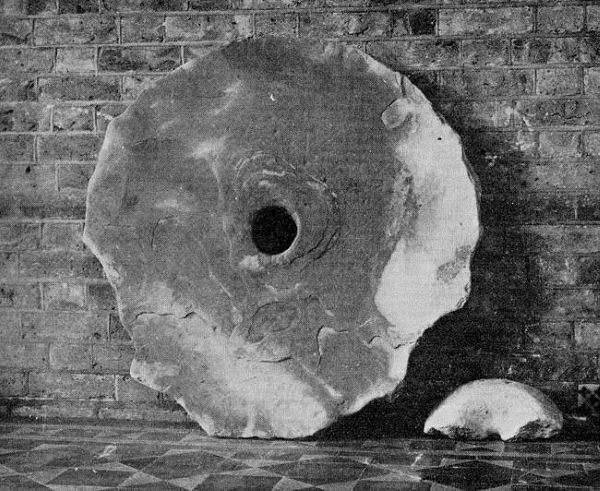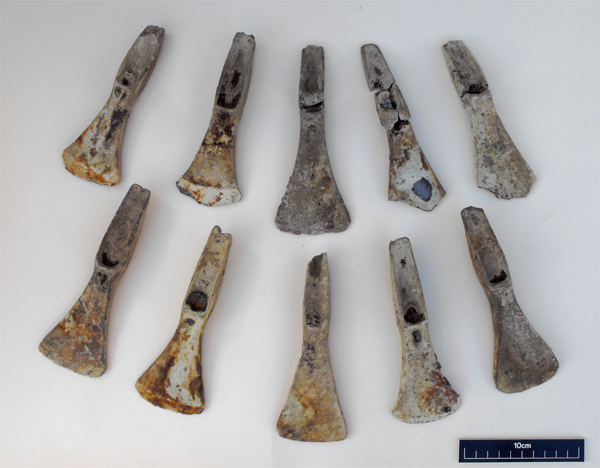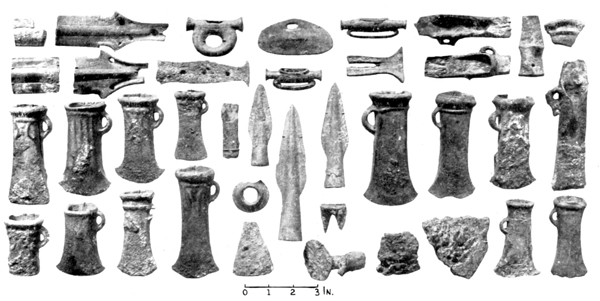
Today’s image for Day 311 of the VM_365 project shows a large Roman Millstone found on the foreshore at Minnis Bay in 1938 by a 14 year old schoolboy named James Beck. The picture of the millstone was taken at the Powell-Cotton Museum where the millstone now resides.
James Beck identified and excavated a group of eight pits of Roman date assisted by Antoinette Powell-Cotton. The millstone, measuring nearly a metre in diameter and almost 12 centimetres thick, was found covering one of the pits, an irregular shaped cut which measured about 73 centimetres deep. A fragment of millstone of a similar date found at Broadstairs previously featured on Day 59 of the VM_365 project. Below the millstone, the pit also contained a fine red ware vessel, two fragments of samian pottery, horses teeth and fragments of wood.
James Beck also identified a Bronze Age site in the same area as the group of Roman pits and excavated and recorded a Bronze Age hoard that was previously featured on Day 202 of the VM_365 project.

